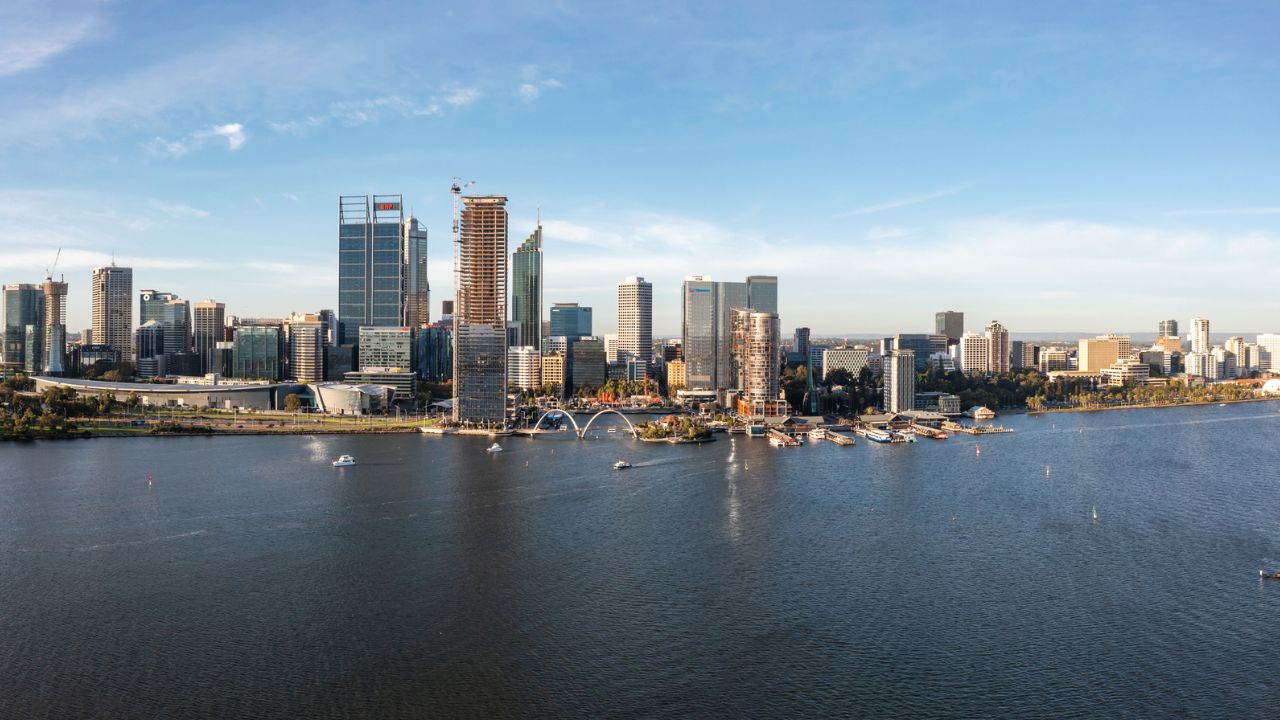According to the latest CommSec State of the States report, which tracks eight key economic indicators compared against decade averages, shows WA leading on retail trade, housing finance, and business investment metrics.
South Australia made a significant jump from fourth to second place, now ranking first on construction work and dwelling starts.
CommSec Chief Economist Ryan Felsman said economic performance across Australia is being supported by multiple positive factors despite some headwinds.
“Overall, the economic performance of Australia’s states and territories is being supported by a combination of slowing inflation, falling interest rates, rising real wages, robust government spending and a solid labour market,” Mr Felsman said.
Queensland maintained its third-place position in the rankings, performing strongly on relative unemployment and housing finance, though consumer activity in the southeast was disrupted by ex-Tropical Cyclone Alfred during the March quarter.
Victoria dropped from second to fourth place, still maintaining strong retail spending at 10 per cent above its decade average, but held back by weakness in relative unemployment figures.
Tasmania remained steady in fifth place, boasting the nation’s best relative unemployment rate at a record low 3.8 per cent in June, while being constrained by weak population growth that has reached its lowest level in nearly a decade.
New South Wales slipped to sixth position, sharing the spot with the ACT.
The Northern Territory continued to occupy eighth place despite showing strength in relative population growth, with its performance disadvantaged by the report’s methodology that compares current indicators against decade averages.
The report also examines annual growth rates to assess recent economic momentum. On this measure, Western Australia again leads on four of the eight indicators, with particularly strong population growth.
South Australia showed significant improvement in this ranking as well, jumping to second place due to increased consumer spending, business investment, and construction activity.
“South Australia has jumped to second from fourth after a strong start to 2025, with a pickup in consumer spending and business investment,” Mr Felsman said.
The Northern Territory improved to third place in the momentum rankings, supported by robust growth in business investment and construction activity, while Queensland fell to fourth following export disruptions caused by extreme weather.
Victoria and New South Wales shared fifth place in the momentum rankings, with Tasmania and the ACT occupying the final positions due to weakness in private sector investment.
“But economic growth has moderated, held back by slowing public investment, population growth and household spending,” Mr Felsman said.
“The future path will depend on the resiliency of the job market, further interest rate cuts and US President Donald Trump’s trade policies.”

